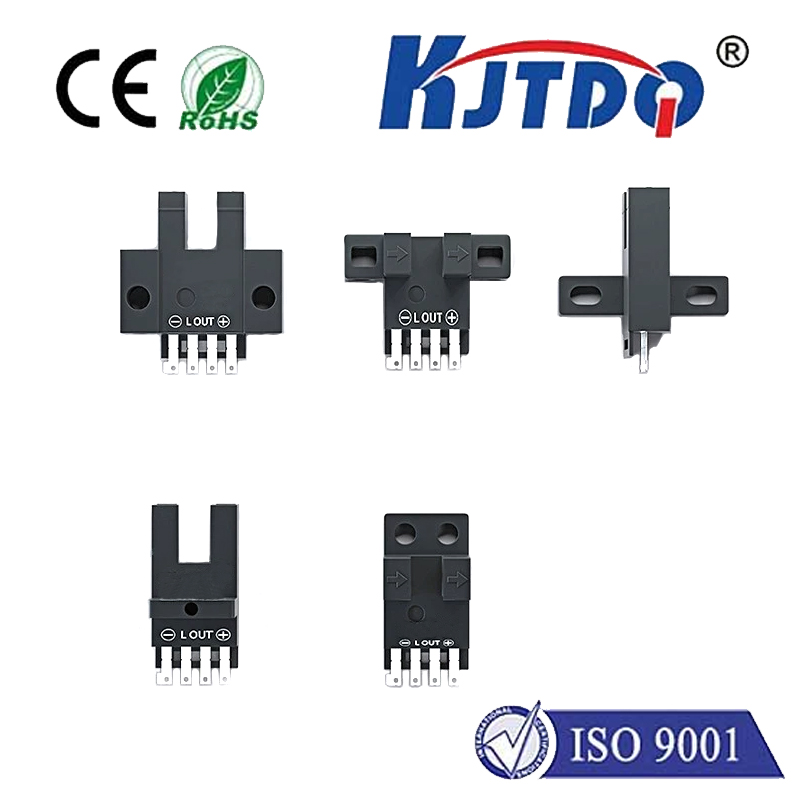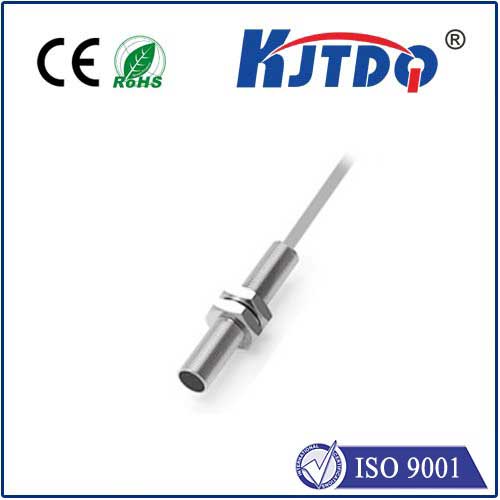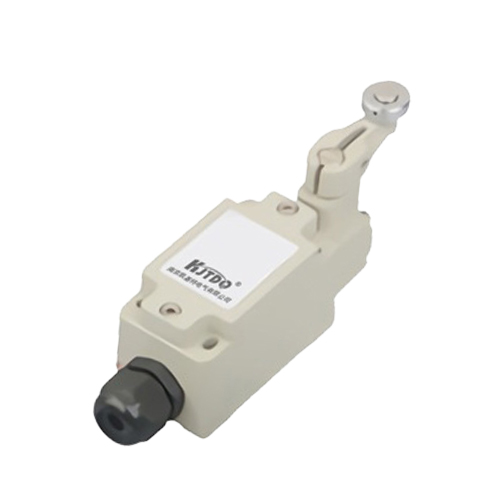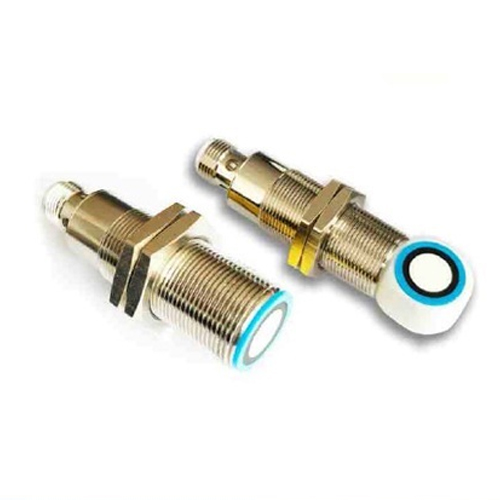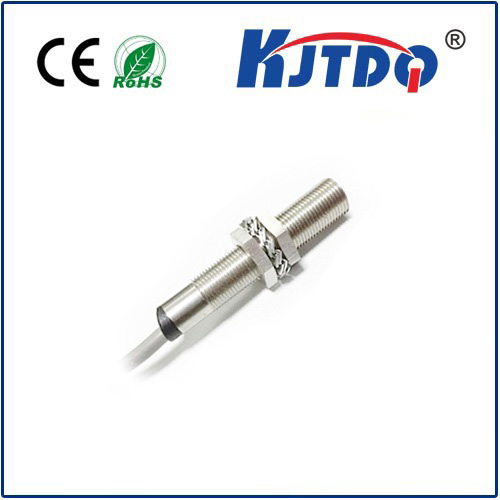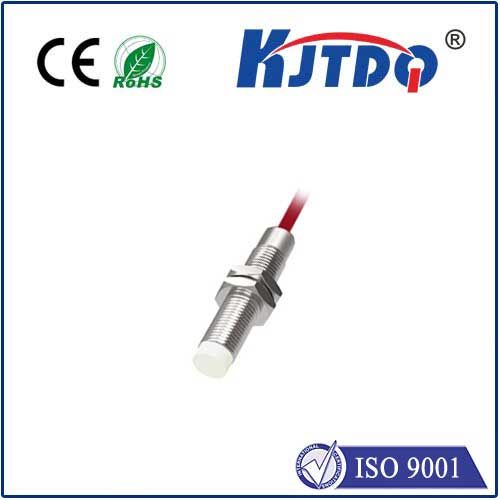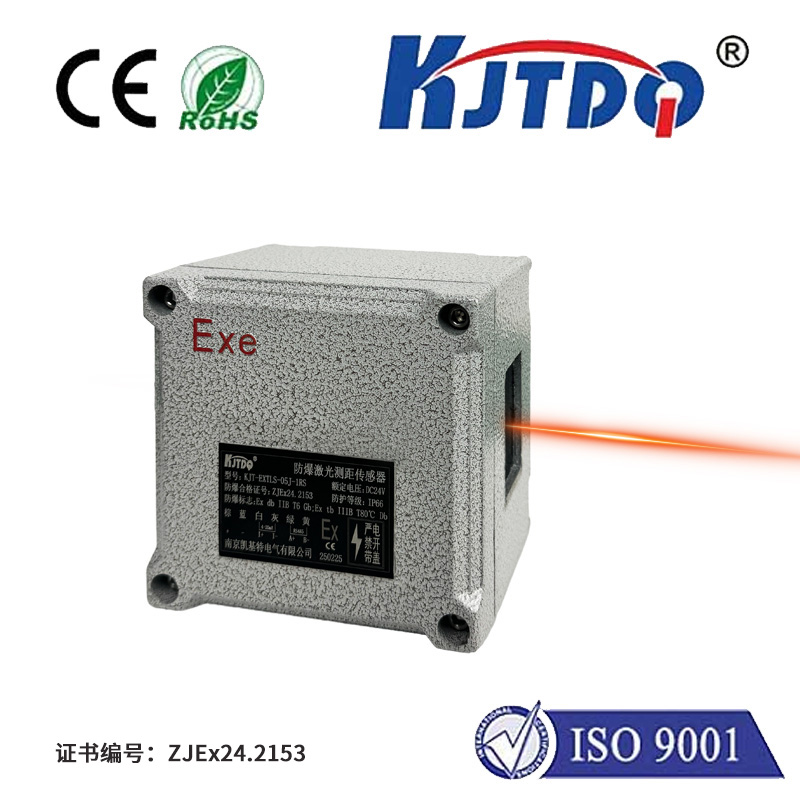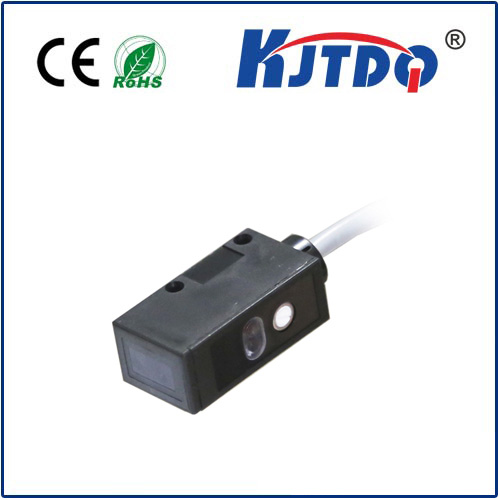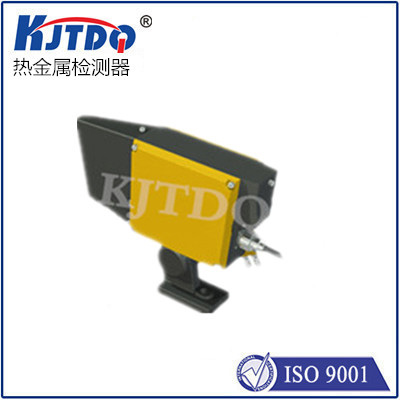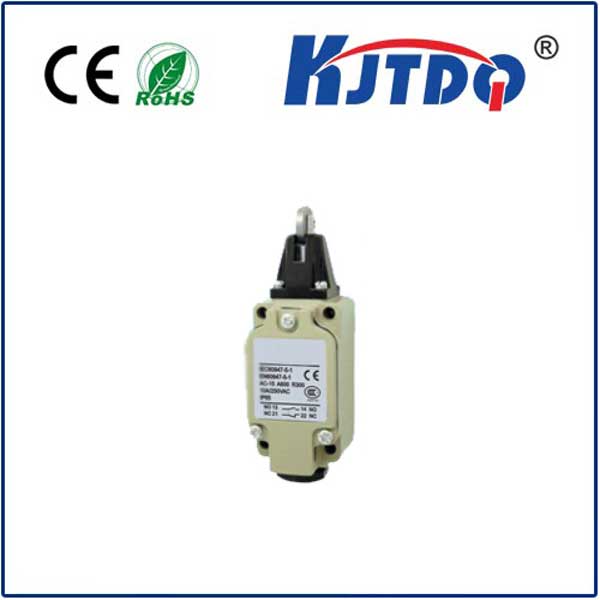электромеханический ограничитель
- time:2025-08-04 12:30:12
- Нажмите:0
Electromechanical Limit Switches: The Reliable Sentinels of Industrial Motion Control
In the intricate dance of modern machinery, from towering robotic arms to precision assembly lines, countless components work unseen to ensure smooth, safe, and controlled operation. Among these unsung heroes, electromechanical limit switches stand out as fundamental, time-tested guardians. These robust devices serve a critical mission: detecting the presence or absence of an object and defining the absolute physical limits of mechanical movement. Far from being relics of a bygone era, they remain indispensable in applications demanding positive mechanical actuation, proven durability in harsh environments, and unambiguous position feedback.
Understanding the Core Function: Precision at the Point of Contact
At its heart, an electromechanical limit switch is a simple yet brilliant device. It converts mechanical motion – typically the physical movement of an actuator arm, lever, roller, or plunger – into an electrical signal within a control circuit. Think of it as a highly reliable “on/off” switch triggered not by a human hand, but by the machine itself.
Here’s the essential workflow:
- Mechanical Actuation: A moving part of the machine (e.g., a robotic arm, a conveyor cart, a linear slide, or a gate) physically contacts the switch’s actuator.
- Physical Movement: This contact force overcomes a spring mechanism inside the switch, causing the actuator to move.
- Electrical Switching: The movement of the actuator directly drives internal, snap-action electrical contacts, rapidly changing their state (e.g., opening a normally closed (NC) circuit or closing a normally open (NO) circuit).
- Signal Generation: This contact change sends a clear, discrete electrical signal to the machine’s control system (PLC, relay logic, etc.).
- Machine Response: The control system interprets this signal and initiates the programmed action – typically stopping movement, reversing direction, changing sequence steps, or indicating position status.
Why Choose Electromechanical? Key Advantages in Industrial Settings

Despite the rise of proximity sensors (inductive, capacitive, photoelectric) and encoders, electromechanical limit switches hold a vital place. Their enduring popularity stems from several distinct advantages:
- Tactile Certainty: They require physical contact. This provides an absolute, undeniable confirmation that the target object or position has been reached. No sensor can offer the same level of certainty against physical obstructions or misalignment in the way a well-placed limit switch can.
- Robustness & Resilience: Engineered for tough conditions. Many models boast high IP ratings (like IP65, IP67, IP69K) for resistance against dust, water, oils, and coolants. They can withstand significant mechanical shock and vibration that might damage more delicate solid-state sensors.
- High Overload Capacity: The robust snap-action contacts can handle significant inrush currents and transient overloads without failing, making them ideal for directly switching control relays or solenoid valves where load switching capabilities matter.
- Visibility & Simplicity: Physical actuation is often visible to maintenance personnel. Their operation is relatively simple to understand, troubleshoot, and replace using basic tools.
- Cost-Effectiveness: For simple position verification or end-of-travel detection, they often provide the most economical solution, especially where environmental toughness or high current switching is required.
- Fail-Safe Operation: Configurations like Normally Closed (NC) contacts offer inherent safety. If the switch is damaged or the actuator breaks, the circuit opens, signaling a fault condition – a crucial feature for safety-critical travel limit detection.
Exploring Varieties: Tailoring the Solution
The versatility of electromechanical limit switches is evident in their diverse range of actuator styles and housing designs, each suited to specific application needs:
- Roller Lever: Ideal for sensing moving objects where contact is tangential or requires smooth engagement (e.g., carts on tracks, conveyors). Available in various lever lengths and roller types (e.g., side roller, fork roller).
- Plunger / Push Rod: Designed for direct linear actuation perpendicular to the switch body. Perfect for precise point detection where minimal overtravel is required.
- Flexible Rod / Whisker: Used in tight spaces or where very low force actuation is needed. The fine rod deflects easily upon contact.
- Rotary Lever: Useful for detecting angular movement or objects moving in an arc.
- Housing Materials: Choices range from rugged polymer housings for general industry to stainless steel enclosures for extreme environments like food processing, pharmaceuticals, or marine applications.
Selecting the Right Limit Switch: Critical Considerations
Choosing the optimal electromechanical limit switch isn’t arbitrary. Key factors influence selection:
- Actuator Type: Must match the nature of contact with the target object (linear push, roller engagement, angular movement, etc.).
- Electrical Specifications: Voltage (e.g., 24VDC, 120VAC, 230VAC), current rating (both continuous and inrush), contact configuration (SPDT, DPDT, NO, NC).
- Environmental Protection: Required IP Rating based on exposure to dust, moisture, washdowns, oils, or chemicals.
- Mechanical Requirements: Actuator force needed, permissible overtravel (distance actuator can safely move after contact), pretravel (distance actuator moves before contacts snap), and resistance to shock/vibration.
- Mounting: How the switch will be physically secured to the machine structure.
- Longevity:Контактная информацияelectrical life and mechanical life ratings under expected operating conditions.
Installation & Maintenance: Ensuring Long-Term Reliability
Proper installation is paramount for reliable position sensing:
- Secure Mounting: Ensure the switch body and actuator arm are rigidly fixed to prevent misalignment or vibration-induced movement.
- Correct Actuator Positioning: Carefully set the switch so the actuator is struck squarely and within its designed operating range. Prevent excessive force or overtravel beyond specifications.
- Protection from Damage: Position away from potential crushing, snagging, or excessive debris build-up interfering with the actuator mechanism.
While known for durability, regular maintenance extends service life:
- Visual Inspection: Periodically check for physical damage, accumulation of debris blocking actuator movement, and signs of corrosion.
- Actuator Movement Check: Ensure the actuator returns freely to its rest position after being released. Binding can cause malfunctions.
- Contact Function Test: Use a multimeter to verify contacts open and close as expected when the actuator is operated.
Ubiquitous Applications: Where These Switches Shine
Electromechanical limit switches are foundational components across nearly all industrial sectors:
- Станки: Defining travel limits on milling machines, lathes, presses (X, Y, Z axes), tool changers, and safety door interlocks.
- Перевозка материалов: Detecting trolley/cart position on monorails, end-of-travel for conveyors, pallet positioners, and gate/hoist position verification.
- Packaging Machinery: Controlling film wrap lengths, indexing products, detecting case or bottle presence at critical stations, and confirming lid placement.
- Robotics: Defining safe home positions, confirming gripper open/close states (via cams), and limiting arm articulation angles.
- Automotive Assembly: Verifying door, hood, trunk closures; positioning welding arms; sequencing assembly line fixtures.
- Process Control: Valve position feedback (open/closed/shut), tank level indication (float arms), and hopper gate controls.
- Access Control: Elevator leveling, door open/close detection, and security gate positioning.
In essence, wherever a machine requires a definitive signal triggered by **

